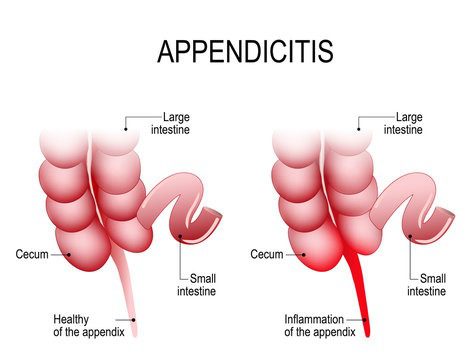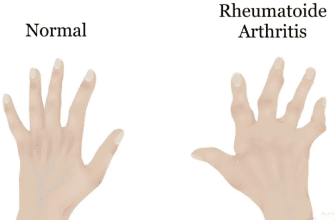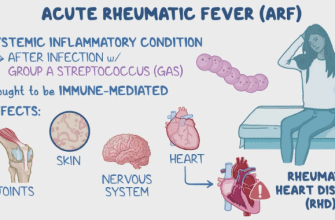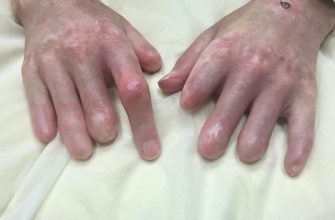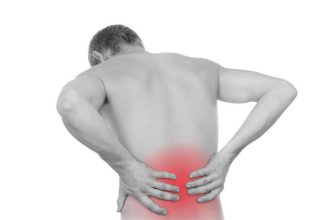What is Appendicitis?
Appendicitis is the acute inflammation of the appendix, a small, finger-shaped pouch attached to the large intestine on the lower right side of the abdomen. Its function is not well understood, and its removal causes no known health problems. The inflammation is typically caused by a blockage inside the appendix, which can lead to infection, the death of appendix tissue (gangrene), and rupture.
Types of Appendicitis
- Acute Appendicitis: This is the most common form. It develops suddenly and is a medical emergency requiring prompt treatment. Symptoms are severe and worsen rapidly over 24-48 hours.
- Chronic Appendicitis: A much rarer condition where symptoms are milder and can come and go over a longer period (weeks, months, or even years). It can be harder to diagnose but often still leads to acute appendicitis.
Symptoms
The classic progression of symptoms includes:
- Abdominal Pain: The hallmark sign. It often starts as a dull ache around the navel (belly button) and then shifts to the lower right abdomen (McBurney’s point), becoming sharp and severe.
- Loss of Appetite
- Nausea and Vomiting: Often follows the onset of abdominal pain.
- Fever: A low-grade fever that may worsen as the illness progresses.
- Abdominal Tenderness: Pain that worsens with movement, deep breathing, coughing, sneezing, or when the area is touched.
- Other Symptoms: Can include constipation, diarrhea, inability to pass gas, and abdominal bloating or swelling.
Important Note: Not everyone experiences the “classic” symptoms. The location of pain can vary, especially in pregnant women, children, and the elderly.
Warning Signs & When to See a Doctor
Seek immediate emergency medical attention if you or someone you know experiences:
- Sudden, worsening, or severe abdominal pain that moves to the lower right side.
- Fever coupled with abdominal pain.
- Pain accompanied by vomiting, diarrhea, or an inability to pass stool.
- Abdominal tenderness (pain when touched).
Do not wait, take laxatives, or use a heating pad, as these can cause the appendix to rupture. Appendicitis is a medical emergency. Early diagnosis and treatment are critical.
Diagnosis
Diagnosis involves a combination of:
- Medical History and Physical Exam: A doctor will press on the abdomen to check for tenderness and signs of rigidity or rebound tenderness (pain when pressure is released). They may perform a digital rectal exam.
- Blood Tests: To check for a high white blood cell count, which indicates infection.
- Urine Tests: To rule out a urinary tract infection or kidney stones.
- Imaging Tests:
- Abdominal Ultrasound: Often used first, especially in children and young adults.
- CT (Computed Tomography) Scan: The most common and accurate test for confirming appendicitis in adults.
- MRI (Magnetic Resonance Imaging): Frequently used for pregnant women to avoid radiation from a CT scan.
Treatment
The standard treatment for appendicitis is surgical removal of the appendix (appendectomy) and antibiotics.
Types of Surgeries
- Laparoscopic Appendectomy:
- Procedure: The surgeon makes several small incisions in the abdomen. A tiny camera (laparoscope) and special surgical tools are inserted to remove the appendix.
- Benefits: Less postoperative pain, shorter hospital stay, faster recovery, and smaller scars.
- This is the most common approach for uncomplicated appendicitis.
- Open Appendectomy:
- Procedure: The surgeon makes one larger incision in the lower right abdomen to remove the appendix.
- Use: Typically reserved for complex cases, such as a ruptured appendix, abscess, or if the patient has had extensive abdominal surgery before.
In some select cases of uncomplicated appendicitis, treatment with antibiotics alone (antibiotic management) may be considered. However, there is a significant risk of the condition recurring, and surgery remains the definitive treatment.
Prognosis
The prognosis for appendicitis is excellent with prompt treatment. Most people recover fully and without complications. The risk of death is very low. The key factor is receiving treatment before the appendix ruptures.
- Without Rupture: Recovery is usually quick, and patients often go home within 24-48 hours after surgery.
- With Rupture (Perforation): This is a serious complication. It can lead to peritonitis (a dangerous infection of the abdominal lining) and the formation of an abscess. Recovery requires a longer hospital stay (5-7 days or more) for IV antibiotics and possibly drainage of the abscess.
Prevention
There is no proven way to prevent appendicitis. However, some research suggests it may be less common in people who eat a diet high in fiber from fruits, vegetables, and whole grains (e.g., from sources like the American Heart Association), though this is not a guaranteed preventive measure.
